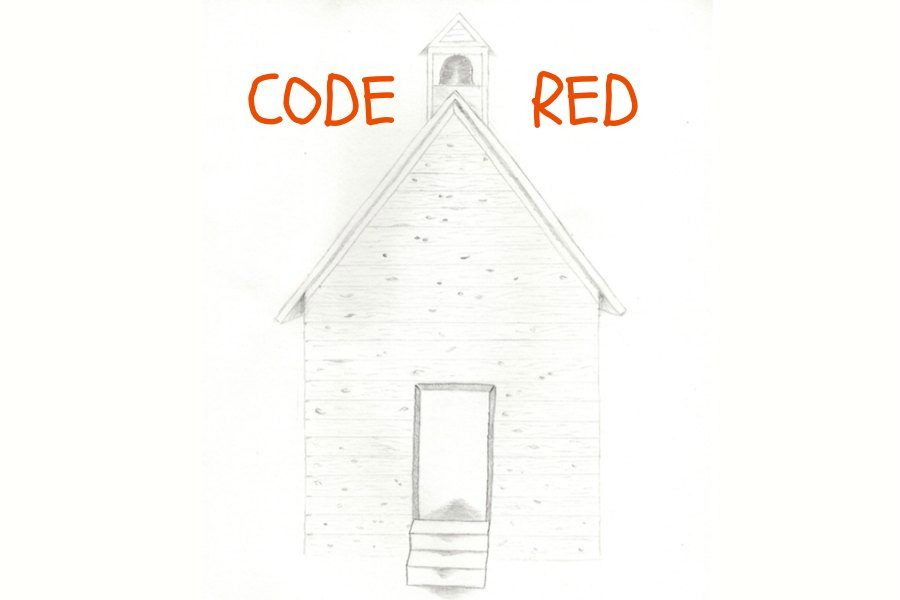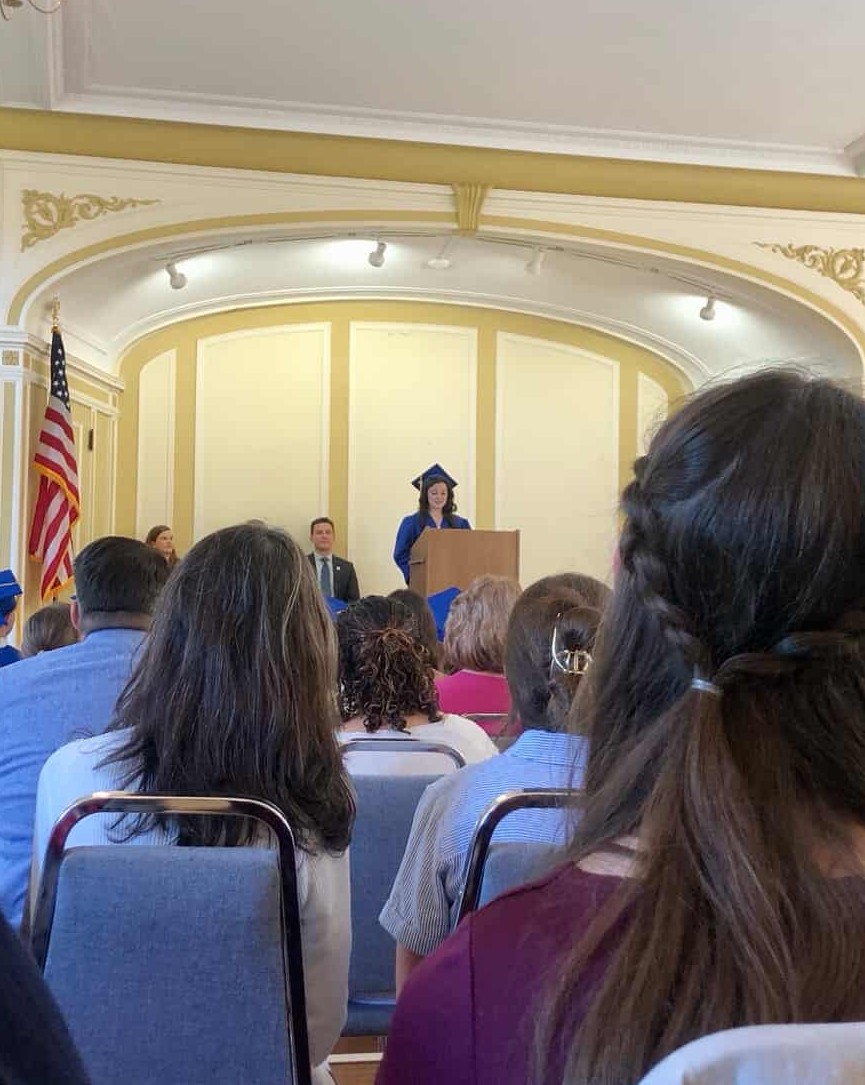Opinion: Are Guns the Root of School Violence
May 19, 2018
In the wake of the tragic mass shooting in Marjory Stoneman Douglas High School in Broward County, Florida, the country is divided in a debate about how best to prevent similar violence in the future. The debate has centered primarily on gun control; with all the emphasis on guns, however, there are important considerations that are totally left out of the equation.
The situation in Parkland was unique because it was a school district that was participating in a program called PROMISE (Preventing Recidivism through Opportunities, Mentoring, Interventions, Supports & Education).
This program was instituted by the Obama administration in response to the fact that ethnic blacks and Hispanics are more likely to be reported to the police for criminal activity while in school than whites. Assuming this to be due to discrimination, the PROMISE program granted school districts the right to not report students for misdemeanors committed in school, but to deal with the problems internally.
Broward County Sheriff Scott Israel, was a vocal proponent of the PROMISE program. The Obama administration even saw the Broward County School District as a model school district.
No one would deny that reducing the number of minority students who go to prison is a good motive. Letting students with real problems bypass the criminal justice system, however, leaves open the real possibility that serious threats to the safety of other students and teachers will not be addressed.
The Parkland shooter, Nikolas Cruz, had been exhibiting threatening behavior for years before the attack. As a student at Marjory Stoneman and at other schools, Cruz was reported to sheriff Israel for insubordination, profanity, threatening and unruly behavior, carrying bullets and knives to school, and assault. He also showed an obsession with firearms, telling his middle-school classmate Guerra that he wanted an AR-15 and that he was, “Going to go there [Marjory Stoneman] and shoot it up”, although Guerra believed at the time that Cruz was joking.
Overall, Sheriff Israel received 23 calls about Cruz, two of which specifically mentioned the possibility of a shooting. Without the PROMISE program, Israel might have had a much harder time not following up on these reports.
Furthermore, in the State of Florida at the time, anyone purchasing a firearm needed to undergo a criminal background check. Had Cruz faced criminal charges for his criminal actions, he would have had a criminal record and would have had a much harder time getting a gun.
Thus, the gun laws already on the books would have quite possibly been sufficient to stop Cruz had it not been for the PROMISE program. This is largely ignored, however, in the general debate over gun-control, where it is taken for granted that the Broward County school district is representative of the country as a whole.
Another problem inherent with talking about gun-control is that it makes people think of gun-violence as a separate issue from violence in general. It is not. What is so terrible about the shooting in Parkland is that 17 innocent human beings are dead. That they were killed with a gun, rather than with some other weapon, is of secondary importance.
Mass murderers both in the United States and other countries have used knives, arson, pickup trucks, and homemade bombs made from fertilizer or pressure cookers to kill more people than Nikolas Cruz did.
Nobody is advocating for the illegalization of any of these items for several reasons: because the benefits they confer outweigh the risk associated with their legalization, because it would be totally impractical to keep anyone from getting ahold of them, and because one could accomplish similar results with other weapons anyway.
It is only fair that firearms be subjected to the same standards. It must be shown that the danger of misuse of guns outweighs the good that can be done with guns, and that making guns illegal would keep criminals from using them, and that criminals couldn’t just go and find another weapon.
Finally, all the emphasis on guns takes emphasis away from the deeper causes of a culture of violence. People don’t go and commit shootings just because guns exist anymore than they go and commit arson just because fire exists. Rather, they use guns because they already want to commit a crime for some reason. The crime comes first, then the fact that it happens to be a shooting.
It is a sad fact that violent crimes have become more common over the last 50 years or so. Yet, guns were still widespread fifty years ago, and many more children regularly brought guns to school. What has changed is not the availability of guns. What has happened is that there has been a tremendous cultural shift in terms of what people, especially young people, are exposed to, and what is expected of them.
Peer pressure, the media, movies, TV shows, books, video games, and especially the internet are all exposing children to violence and immorality at a level that is simply unprecedented.
Studies indicate that the average child has witnessed 200,000 acts of violence, including 40,000 murders, on television alone by the time he turns eighteen.
Almost all studies show, and 79% of Americans believe, that this leads to an increase in real violence. Social media use has been linked to anxiety, depression, and suicidal thoughts, while there are nine deaths in the United States every day from texting and driving.
The percentage of children born out of wedlock has gone up from 3% in 1960 to 34% in 2003, and divorce rates have also skyrocketed. The social results of the fragmentation of the family are well-documented. A disproportionately large number of men in prison grew up without a father figure, and children of single mothers are far more likely than those in a traditional family to live in poverty.
Looking at the state of family life as an indicator of social well-being also sheds light on the very issue that the Obama administration was trying to solve with its PROMISE program. However, rather than not reporting students who commit misdemeanors, schools and society should work to correct the social and moral problem of family breakdown, children’s exposure to violent scenes on TV and in video games. They can do this by going to the problem’s roots, which might prove more effective in the long run.
You don’t hear any gun control advocates suggesting that we illegalize television, or video games, or the internet, or smartphones. Yet these are what is new, not guns. Whatever the ultimate solution to school violence, it certainly is not as simple as just outlawing guns. The gun control debate only distracts from the real issues.






